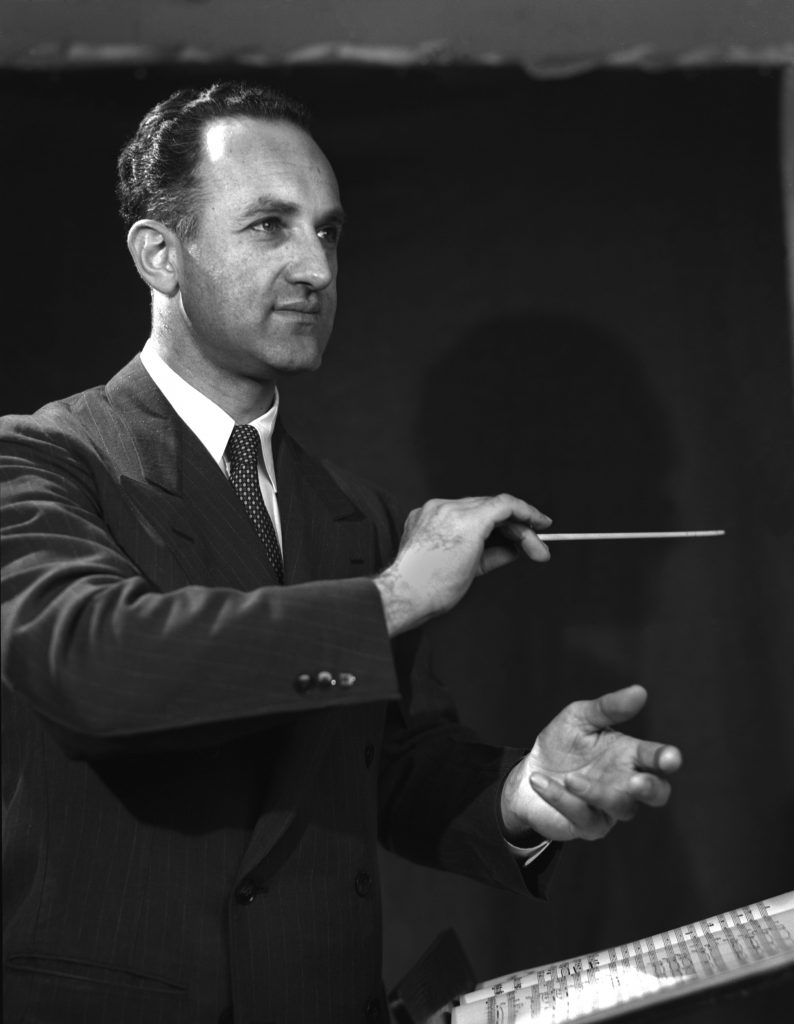Waldo E. Cohn was an American biochemist who worked in health physics and isotope separation during the Manhattan Project.
Cohn was born in San Francisco, California, on June 28, 1910. He received his B.S., M.S., and Ph.D. from the University of California, Berkeley. His Ph.D. thesis investigated radioactive phosphorous produced in Ernest Lawrence’s cyclotron and its effects in rats. He continued his research at Harvard Medical School, where he was a postdoctoral fellow from 1939 until 1942.
In 1942, Cohn was recruited for the Manhattan Project. He joined the Metallurgical Laboratory at the University of Chicago in 1943. As part of the Health Division, Cohn’s task was to investigate the potential biological and biochemical hazards of the fission products produced by nuclear reactors. As reactors were constructed in Oak Ridge, the team in Chicago grew and split in two: one section would go to Oak Ridge and isolate the fission products for experimentation, while the other would remain in Chicago to perform the biological tests on the fission products. Cohn elected to go to Oak Ridge, where he arrived in September of 1943.
As Cohn helped separate isotopes using a method called ion-exchange chromatography, his group was eventually transferred out of the Health Division and into the Chemistry Division. After the war, he worked with Paul Aebersold to create the Isotope Distribution Program. While Aebersold organized the program, Cohn was tasked with producing the material and shipping it to other researchers.
In 1947, Cohn moved to the Biology Division at Oak Ridge, where he started doing research with nucleic acids. Using his ion-exchange chromatography techniques, Cohn helped separate nucleic acids and discovered dozens of new nucleotides, the building blocks of nucleic acids, in the process. Such techniques, combined with radioactive phosphorous, were used in the discovery of messenger RNA. Cohn remained Group Leader of the Biology Division until his retirement in 1975.
Cohn is also known for starting the Oak Ridge Symphony Orchestra, which was initially made up of amateur musicians who worked as scientists or servicemen in Oak Ridge. The group held its first concerts in 1944. Cohn also served as the group’s conductor for the first eleven years. Cohn played the cello in the orchestra until the mid-1990s.
Cohn died in Oak Ridge, Tennessee, on August 27, 1999.
For more information on Dr. Cohn, see his oral history with the Department of Energy or his son Dunell‘s oral history with the Atomic Heritage Foundation.





